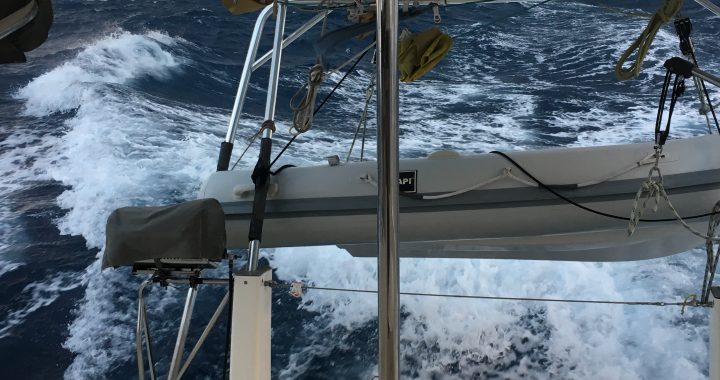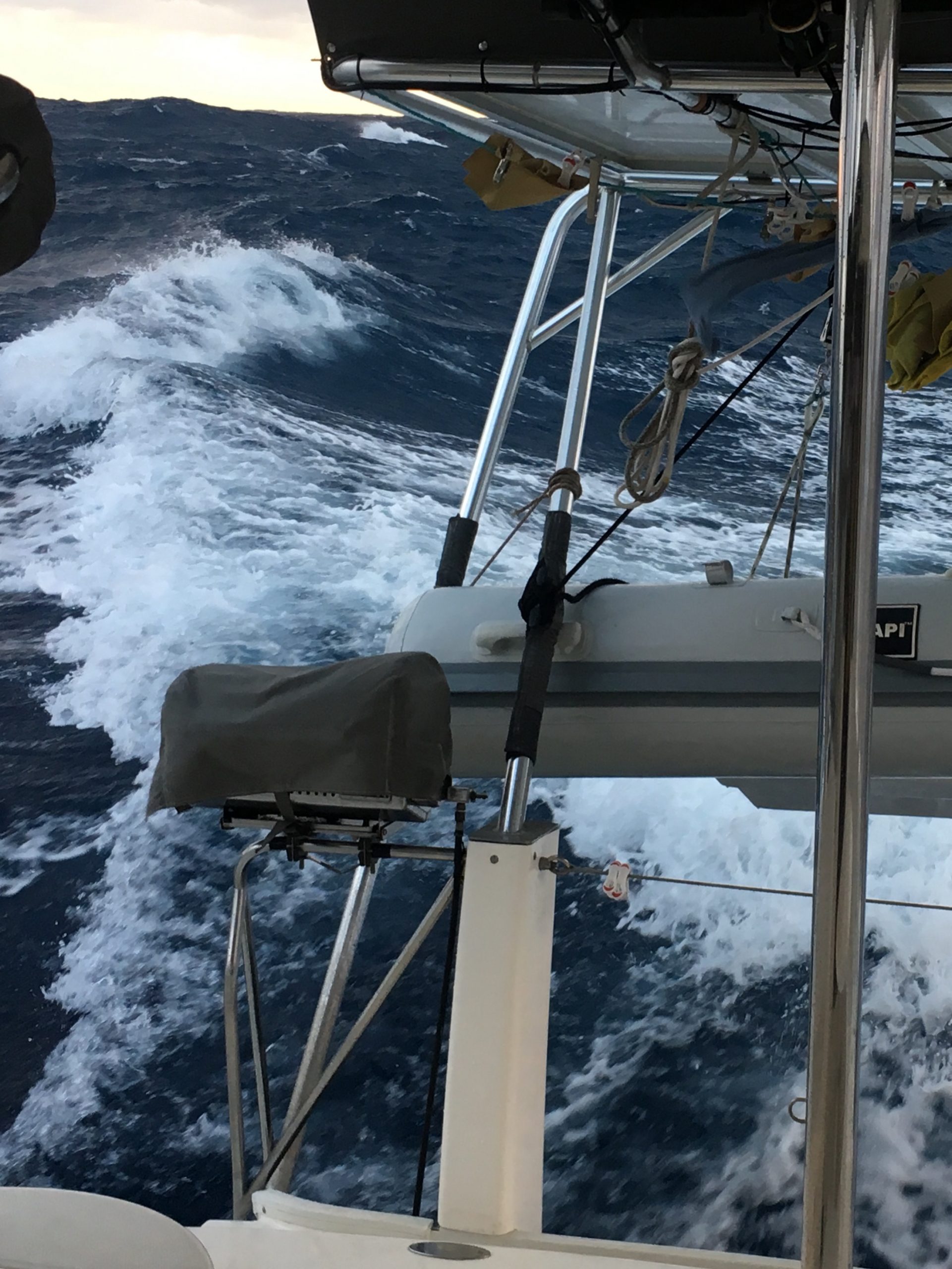
This passage was very lively, dynamic weather, big waves and a great learning experience. The weather systems that originate over central and eastern United States are a big part of the Chesapeake to Bermuda passage. The dominant flow to the east and southeast of the continental weather systems collide with the generally westerly movement of weather systems that originate to the south and east of Bermuda. The combination creates highly variable weather patterns between Norfolk and Bermuda that change every few days. The passage also covers the area where the powerful north flowing warm water of the Gulf Stream current meets the south flowing cold water Labrador current. They meet that just east of Cape Hatteras. If you mix the wrong winds with the intersection of these two currents it can be very rough water and the results can be “interesting sailing”.
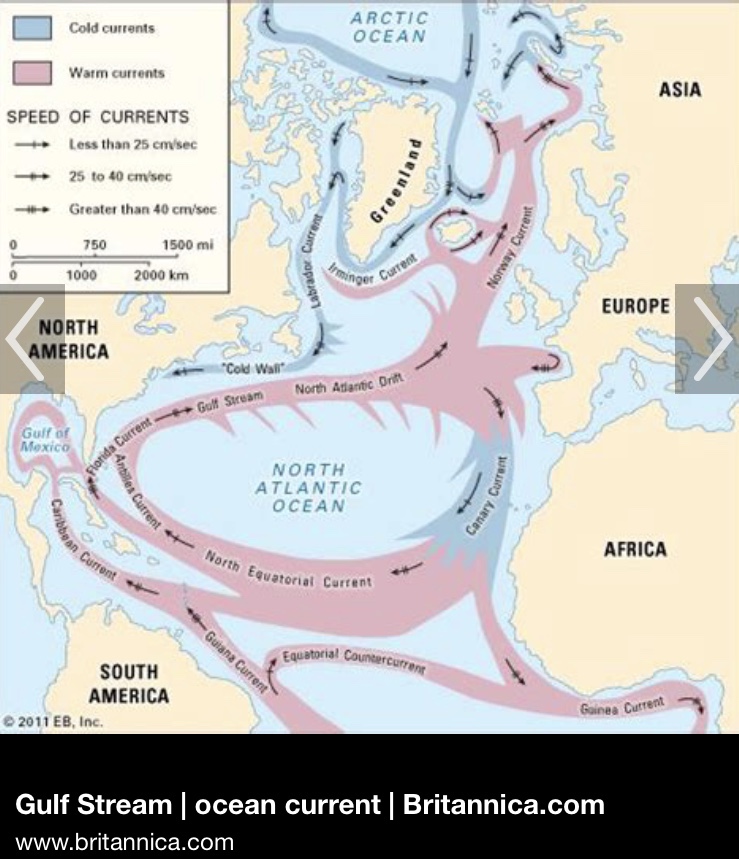
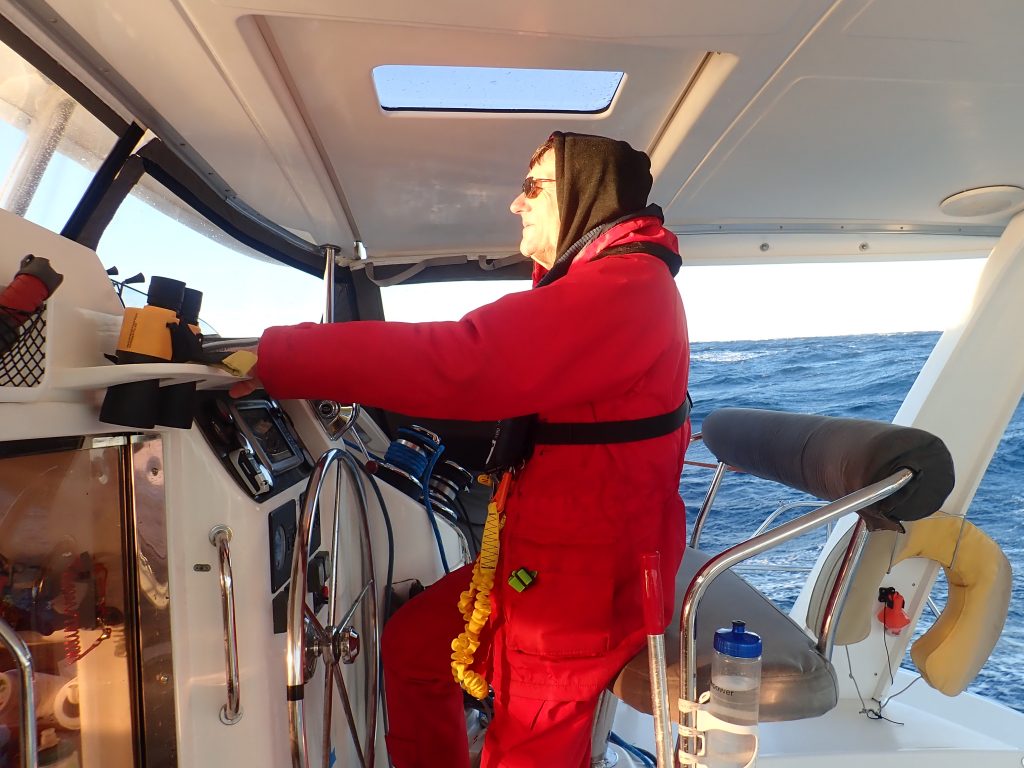
During November and December the winds between the entrance of the Chesapeake Bay and Bermuda have essentially an equal chance of coming from any direction of the compass. Also, they change very quickly and within 24-36 hours it is not unusual to see the winds swing a full 360 degrees. Plus, the dramatic temperature difference between the north and south flowing currents has a pronounced impact on local weather and convection. The warm waters of the Gulfstream current flow like a river. It is typically quite narrow at 25-50 miles wide with abrupt boundaries. This hot ribbon of water flows like river along the entire eastern coast of the USA south of Cape Hatteras.
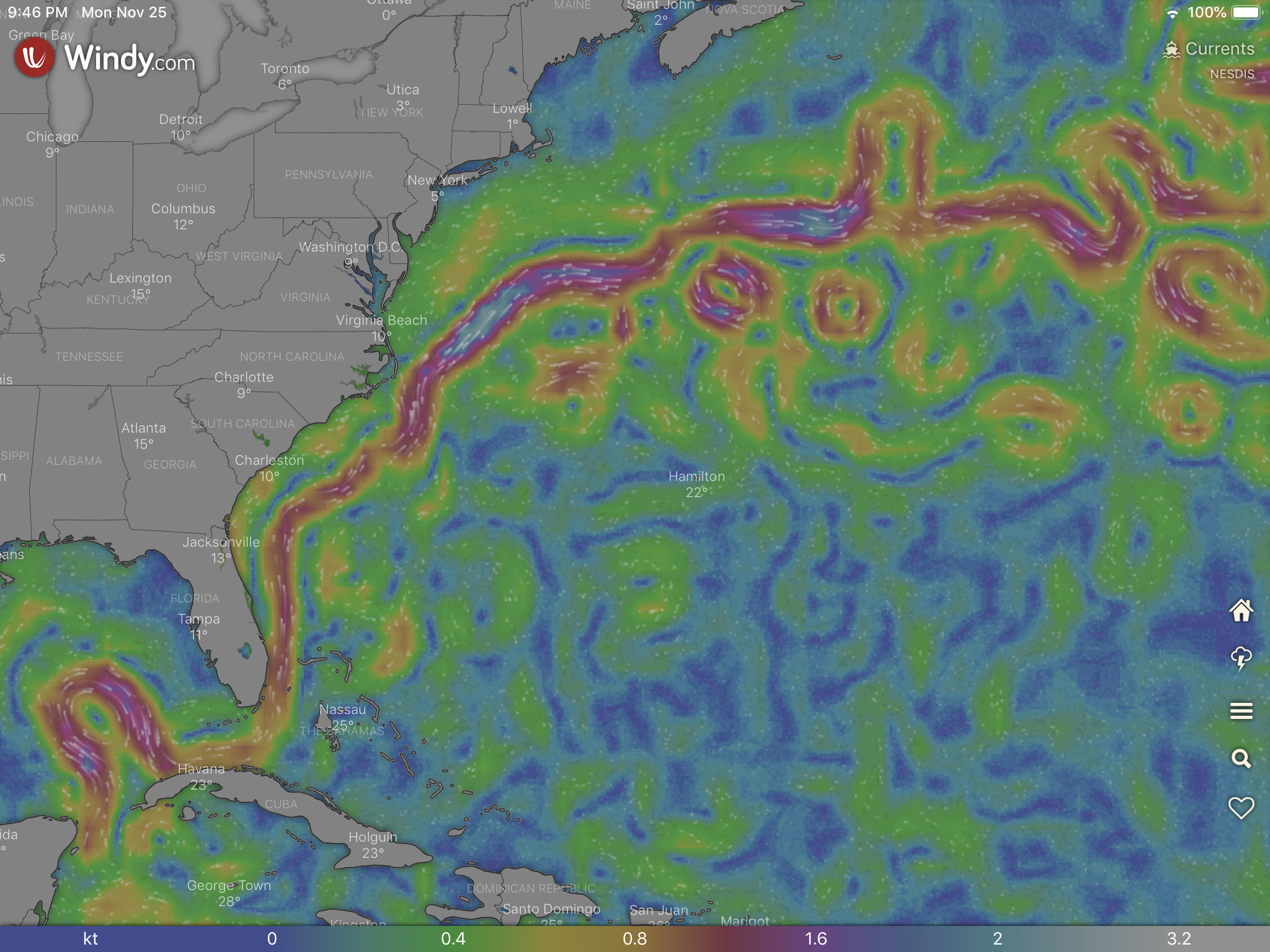
As soon as cooler continental air moves over this river of warm water the air temperature quickly rises. The result can often lead to convection and lines of towering cumulus clouds, often with sheet and bolt lightning. The Gulf Stream can be your best friend and worst as well. The warm clear blue waters are wonderful and the increase in ambient air temperatures will have the crew peeling off heavy weather layers and enjoying the welcome warmth. However, it is best to get across the main part of the current as quickly as possible and then enjoy the rest of the passage without the potential for strong winds against the powerful current of the Gulf Stream. That is a combination that can build steep dangerous waves.
Although from a weather and currents perspective this was the most challenging passage I have done on Oh!, it was certainly not the roughest. That honour goes to some of day passages between the Windward Islands of the Caribbean. Big rolling waves are usually smooth and fun to sail on. The short wave length 2-3 m cross sets that are often encountered between the Eastern Caribbean islands can create really rough sailing conditions. That was not the case here, the waves were simply big, but not rough.
Below are some pictures from the passage.
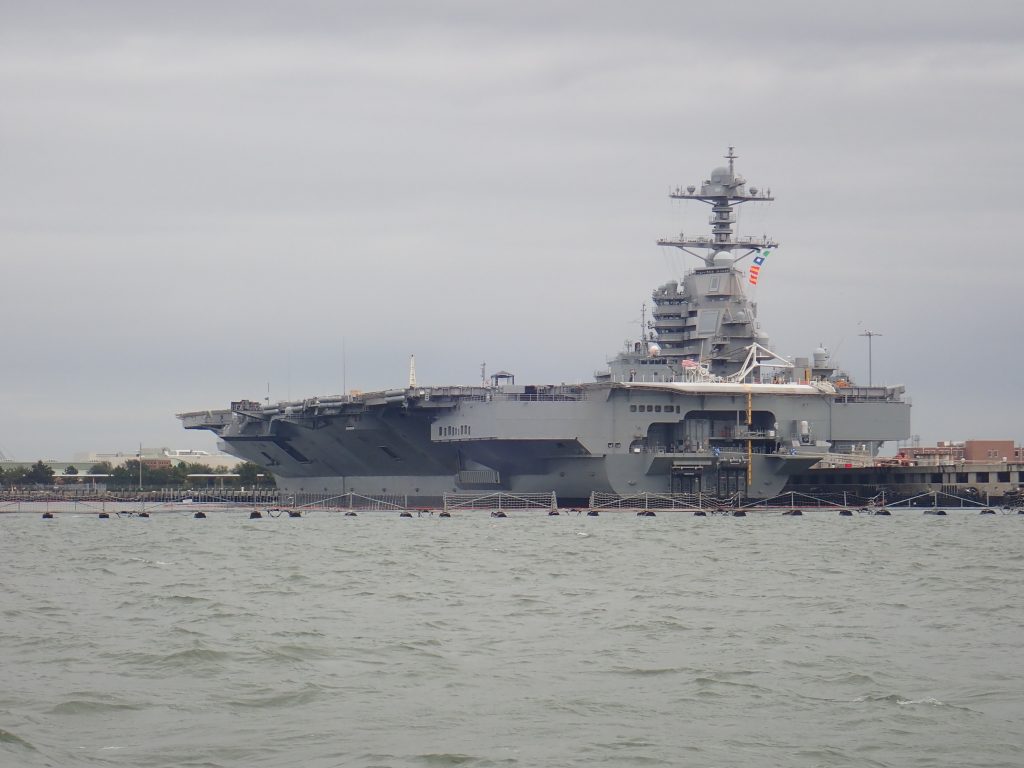
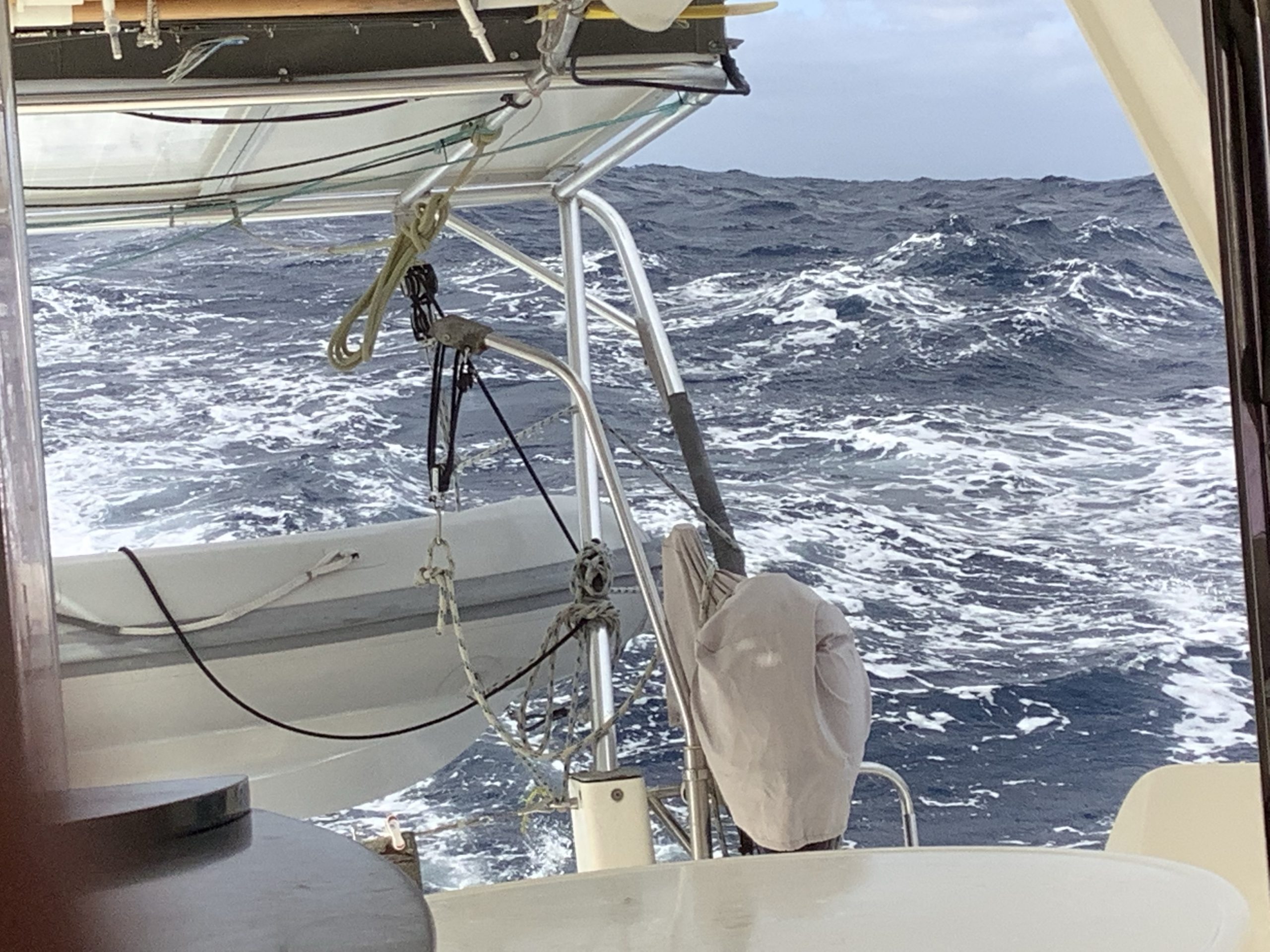
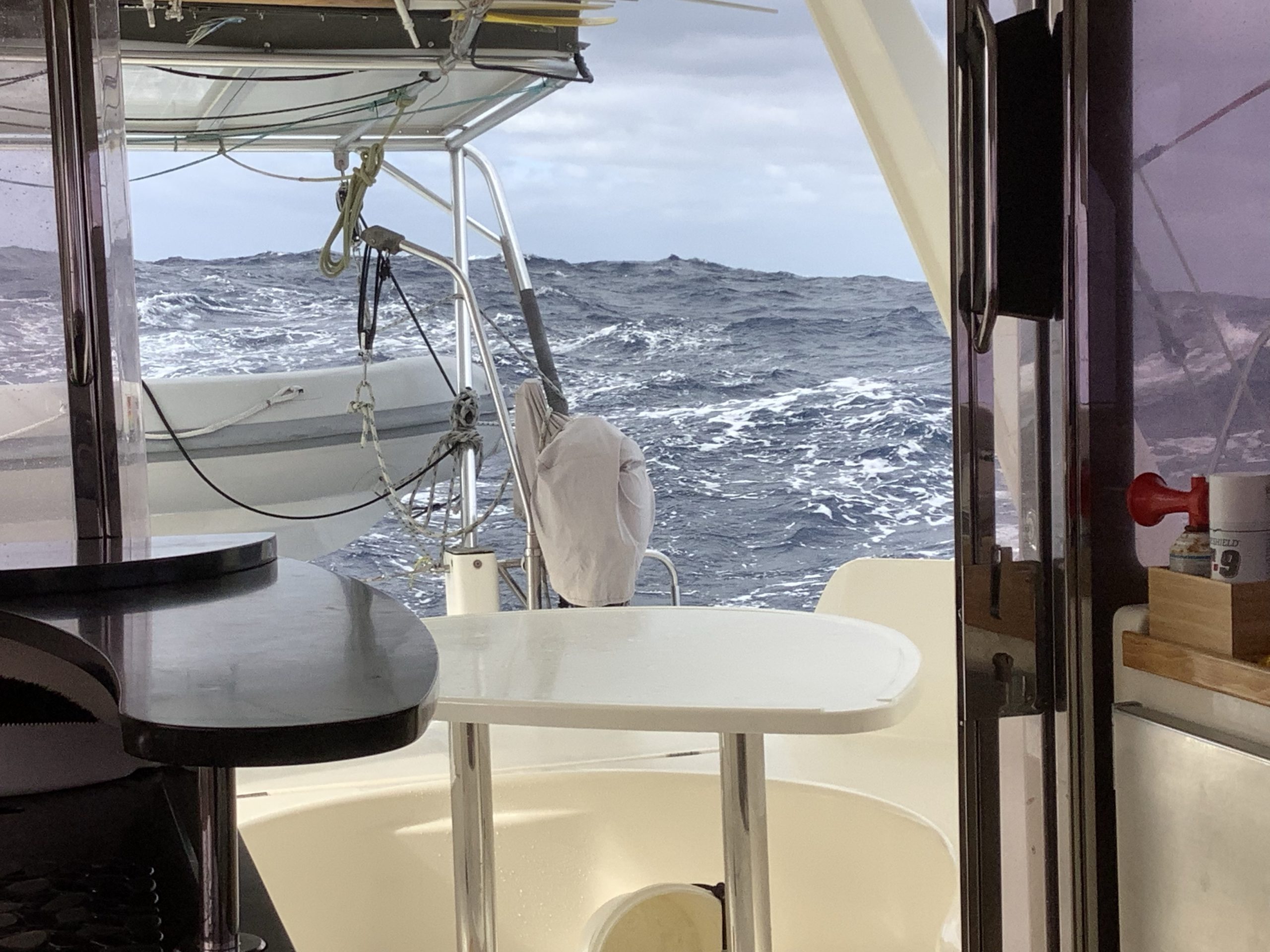
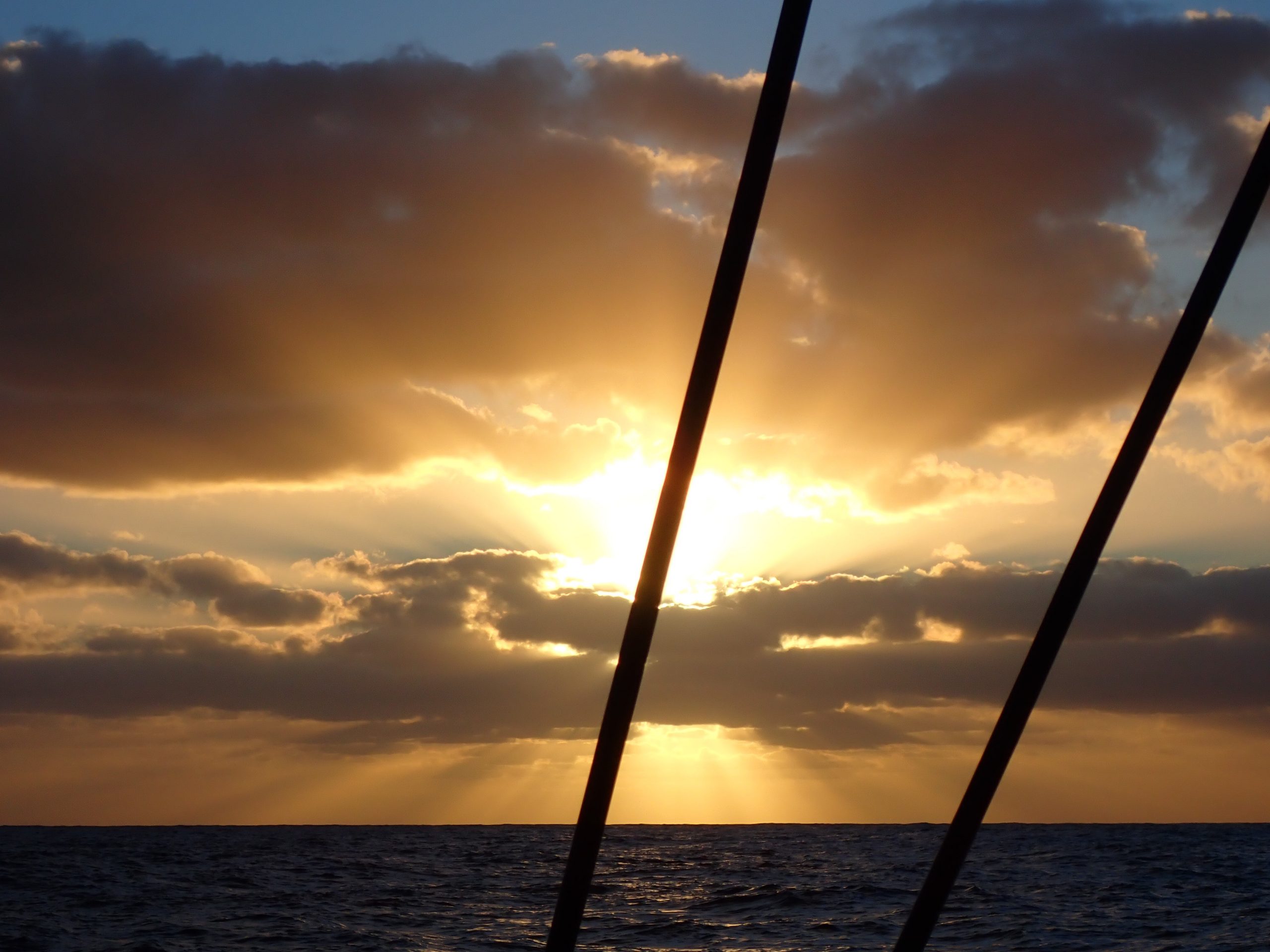


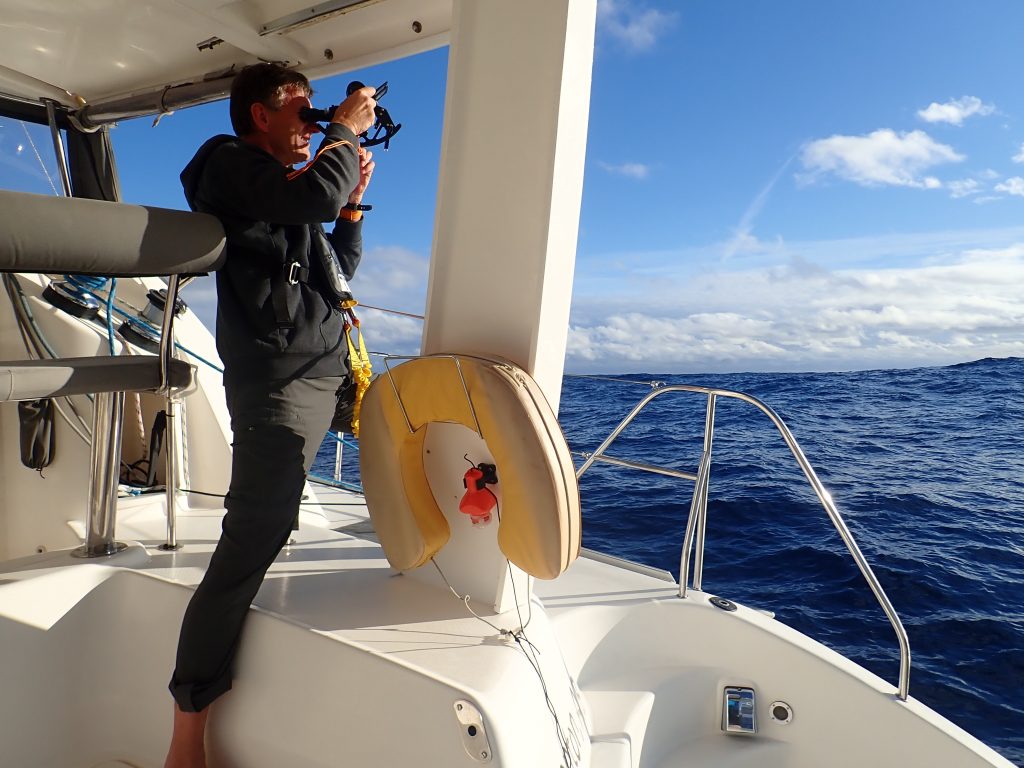



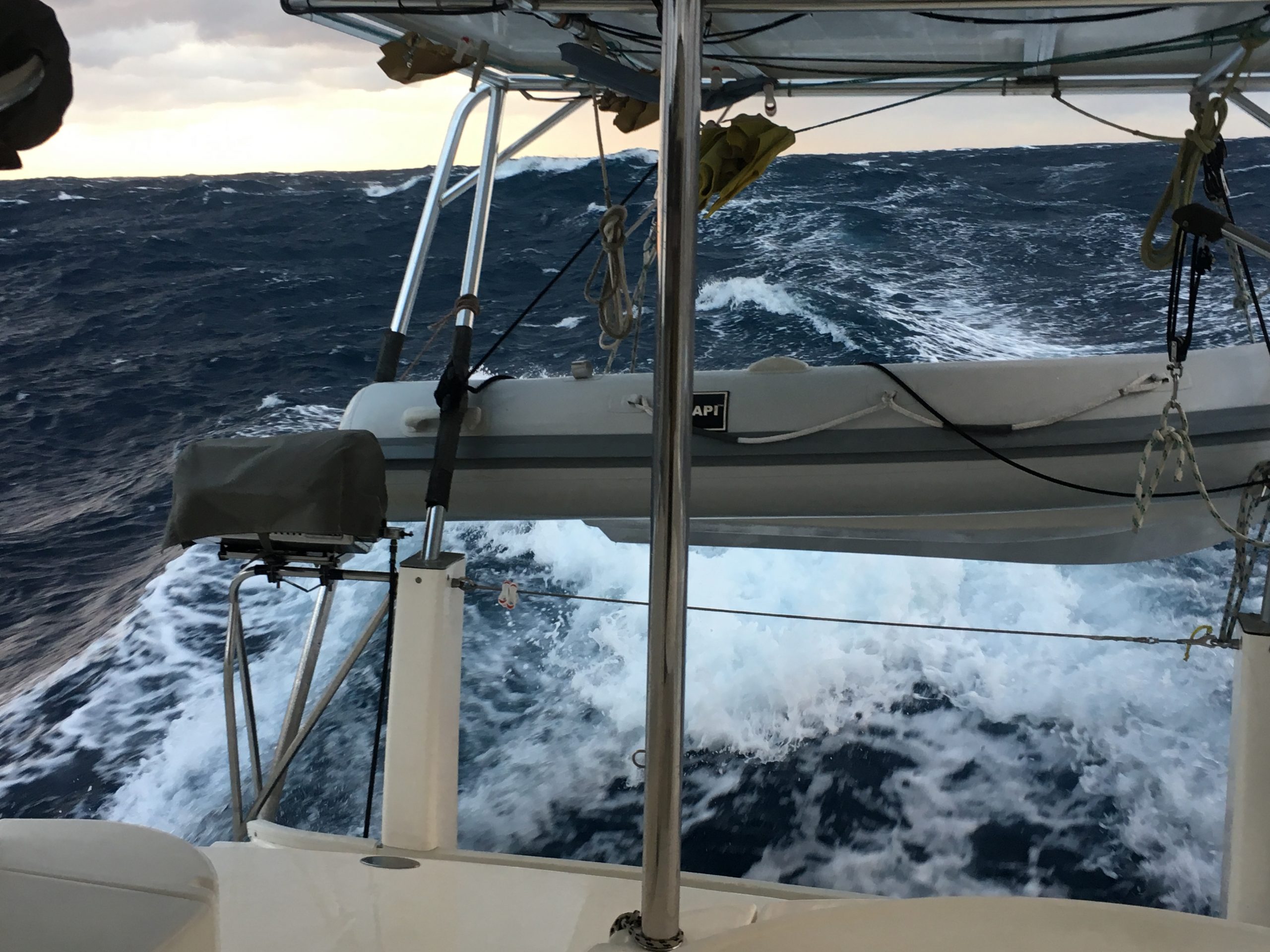

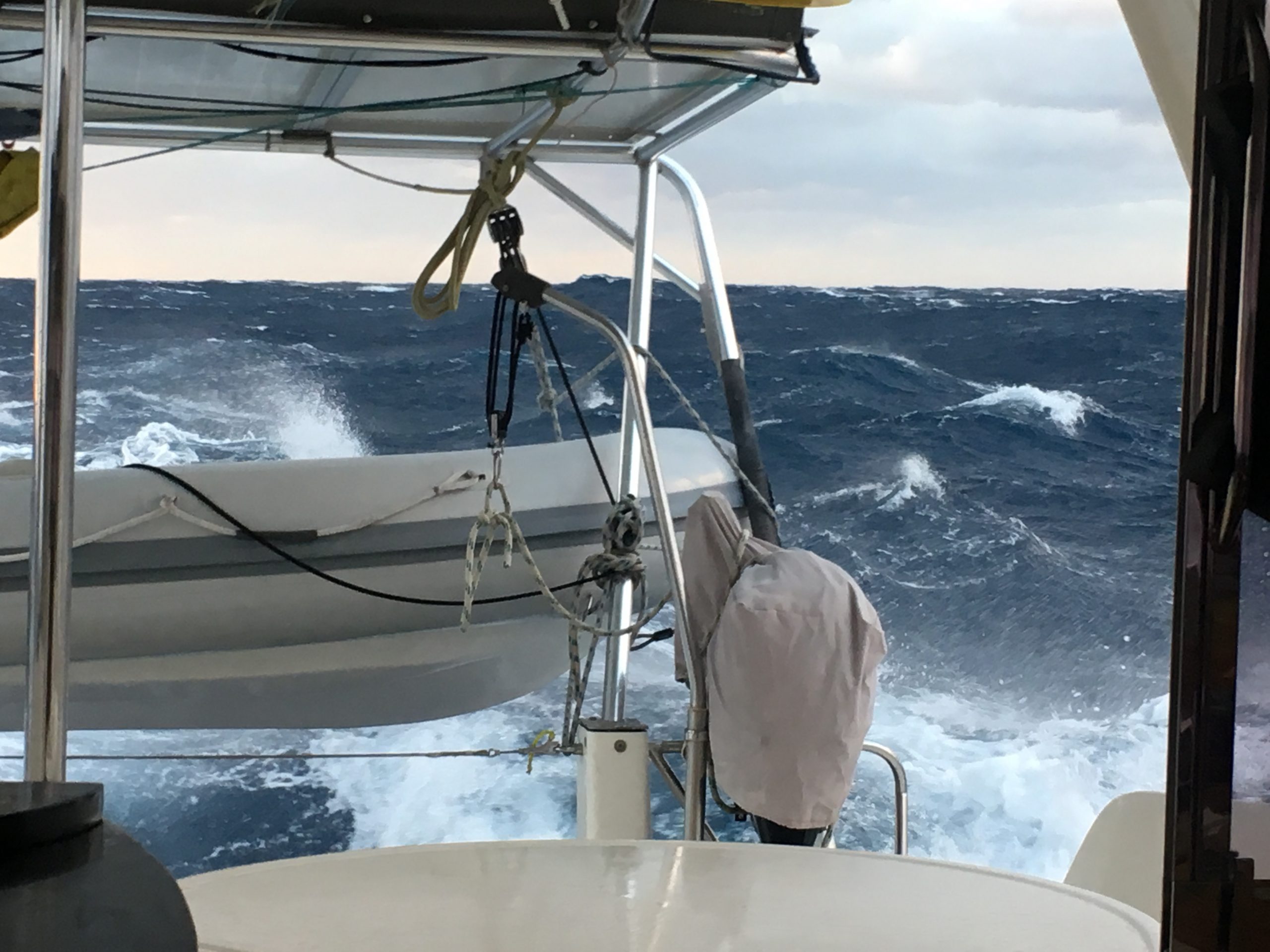
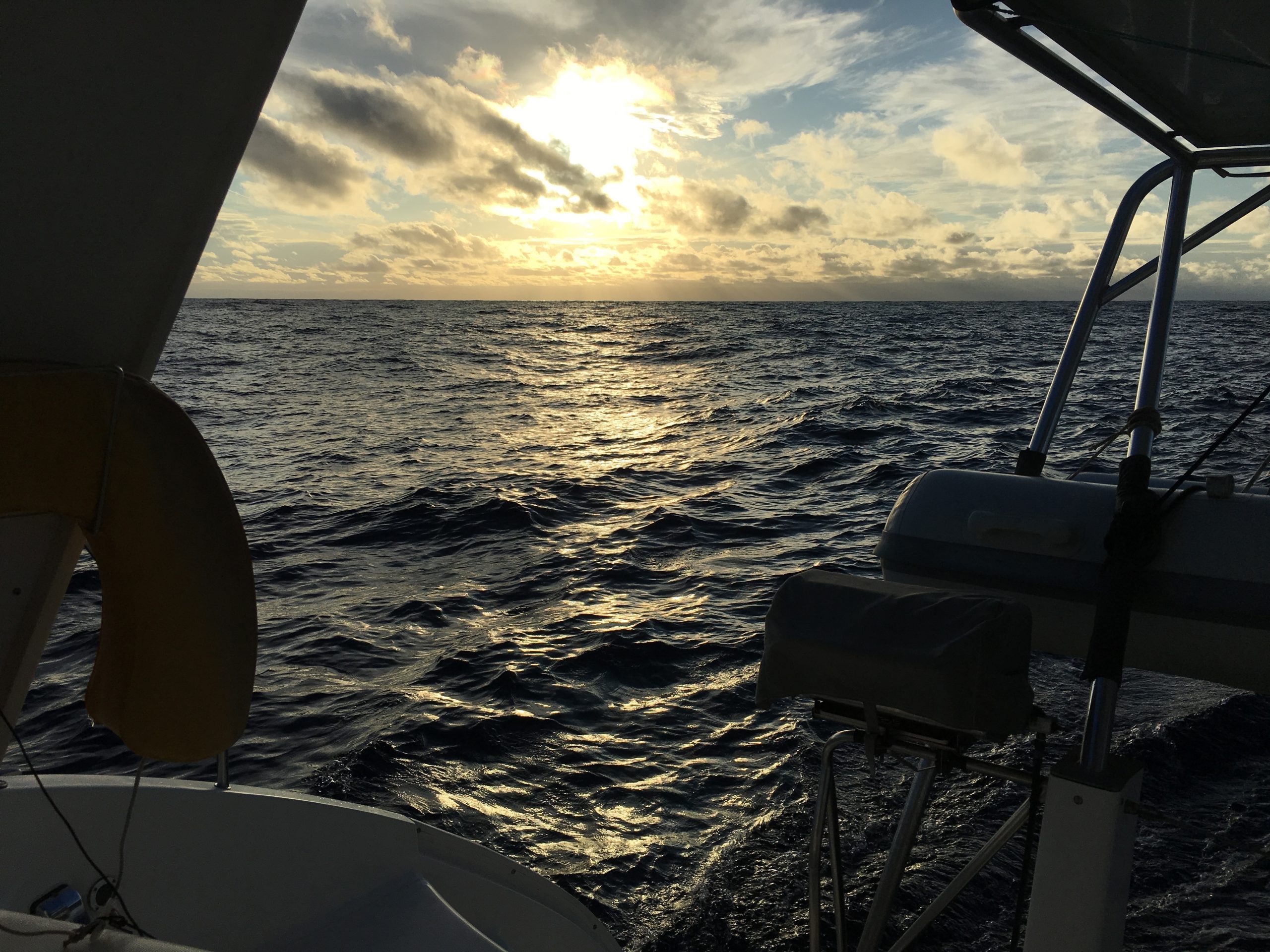
The three weather pictures below are screen shots from Predict Wind, one of my favourite sailing apps. They show the dynamic nature of the winds and rain as we approached Bermuda. Just 24 hours from Bermuda Oh! was “running” ahead of an approaching cold front. The front would bring strong winds and heavy rain by early Monday morning on Dec 2nd. However, for the 24 hours preceding the forecast arrival of the front, winds to the SE of the front were light and we were not making good progress. The decision was made to run the engines and try to make landfall in Bermuda before the front caught up to us Monday morning. The forecast called for gusts as high as 50 knots by Monday at noon.
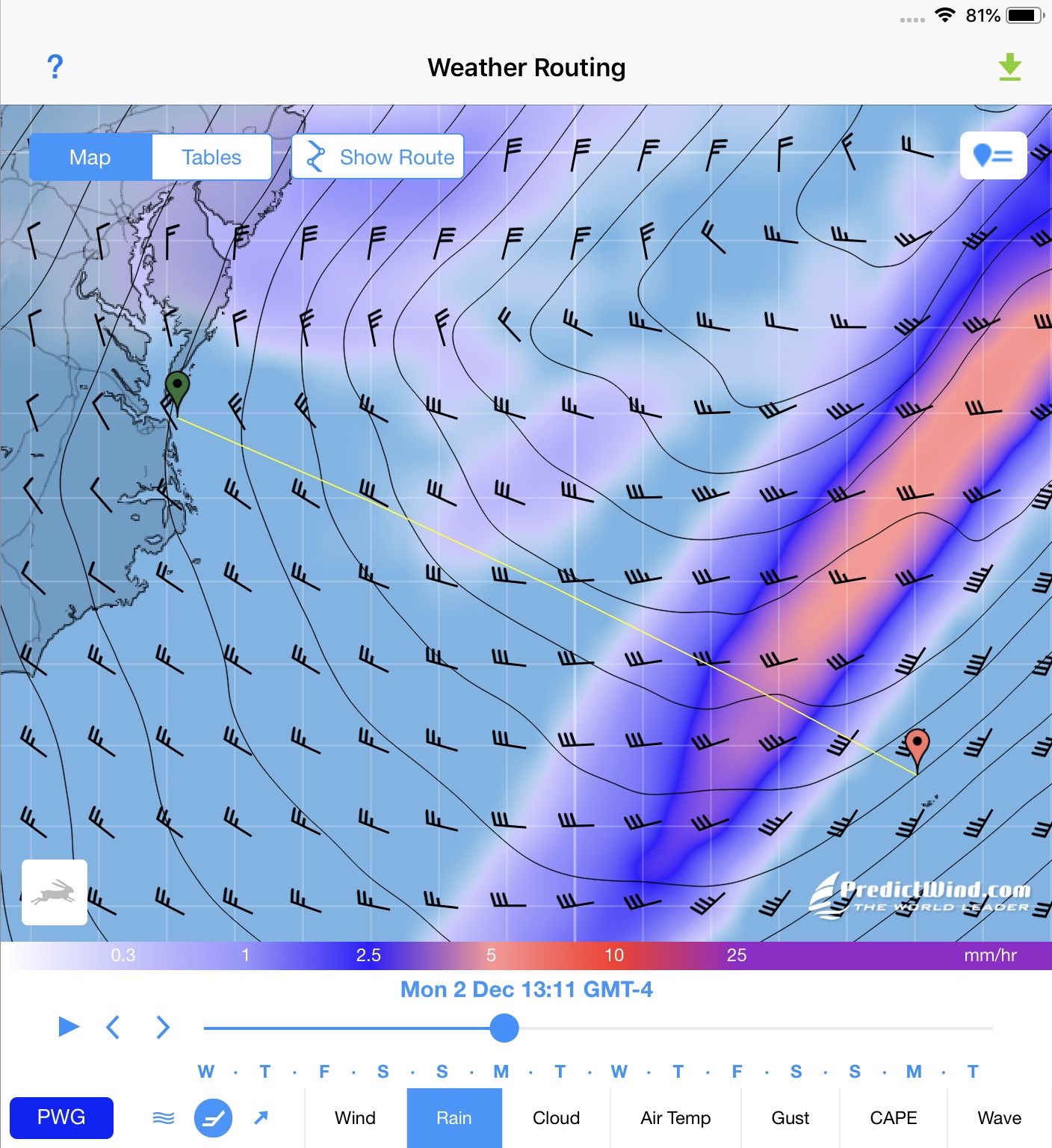
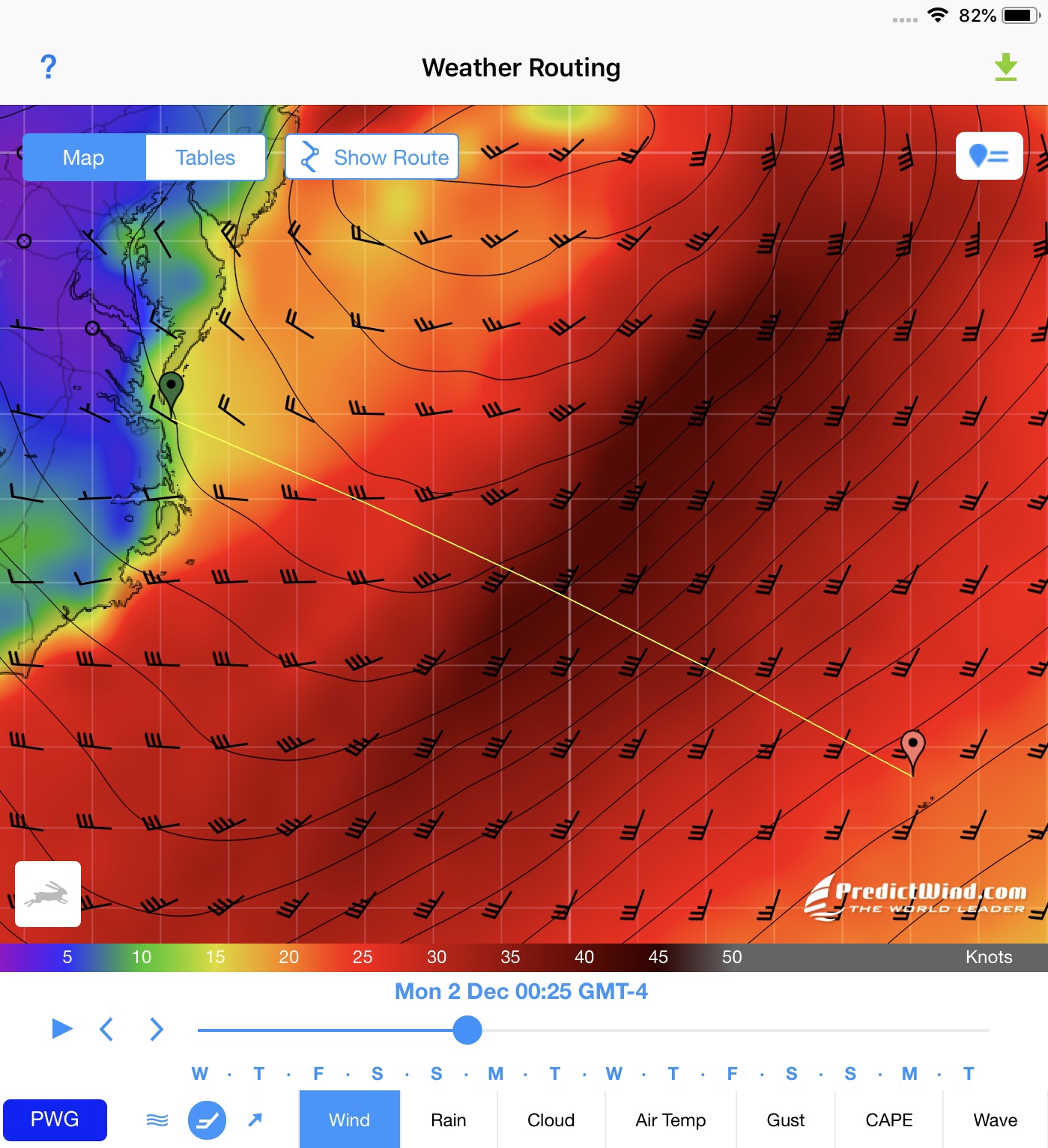
We were successful and managed to pull up to the Customs and Immigration dock at 2245 on Sunday December 1st. We had even made the midnight closing for clearances. By the time Oh! was cleared light misty rain was starting and there was a noticeable increase in winds. Fortunately, a secure mooring that was owned by the sail loft was available just 200 m from the Customs Dock. I had rented that exact mooring for a week on my previous visit to a Bermuda and knew that I could settle with the Steven the friendly owner of the sail loft in the morning. We were secure and ready for a long sleep.
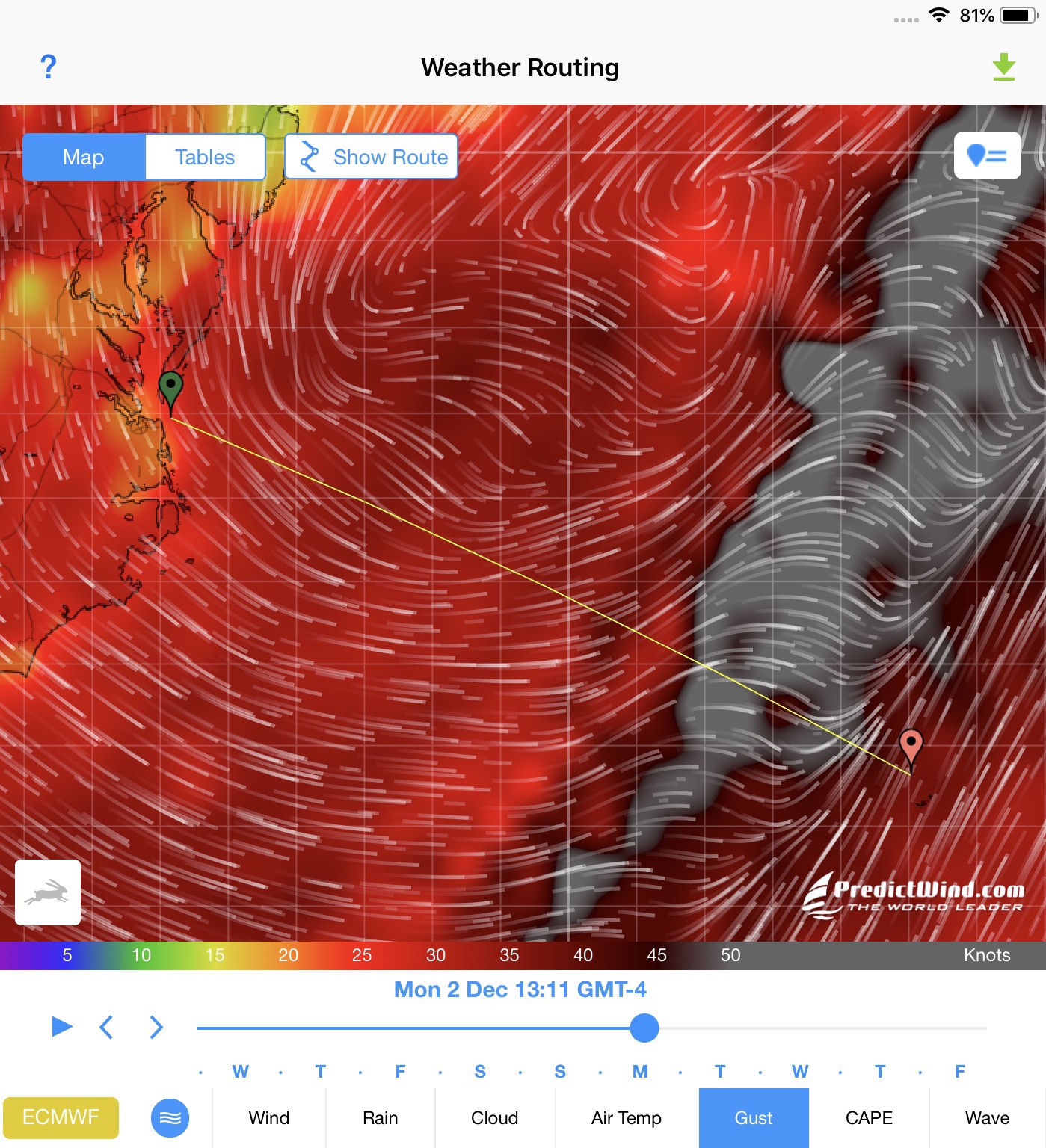
Over night the forecast cold front rolled in and Oh! received a fresh water power wash courtesy of Mother Nature. As for the long sleep…well let’s just say Mother Nature was a “little moody”. I have never experienced waves slamming under the bridge deck while on a mooring ball in a bay with 360 degree protection from swell…well at least not until the wee hours of December 2nd. So much for a sound sleep. We were regularly awakened by load bang and a shuttering Oh! As bigger waves would slam under the bridge deck, it had been much more peaceful in the big waves out at sea! However, at least Oh! was secure and we were very glad we were not still at sea approaching Bermuda’s reefs in gale to storm force conditions. By noon Monday we were experiencing heavy driving rain and strong winds of up to 40 knots in St. George’s harbour as Oh! clung tenaciously to the mooring ball.
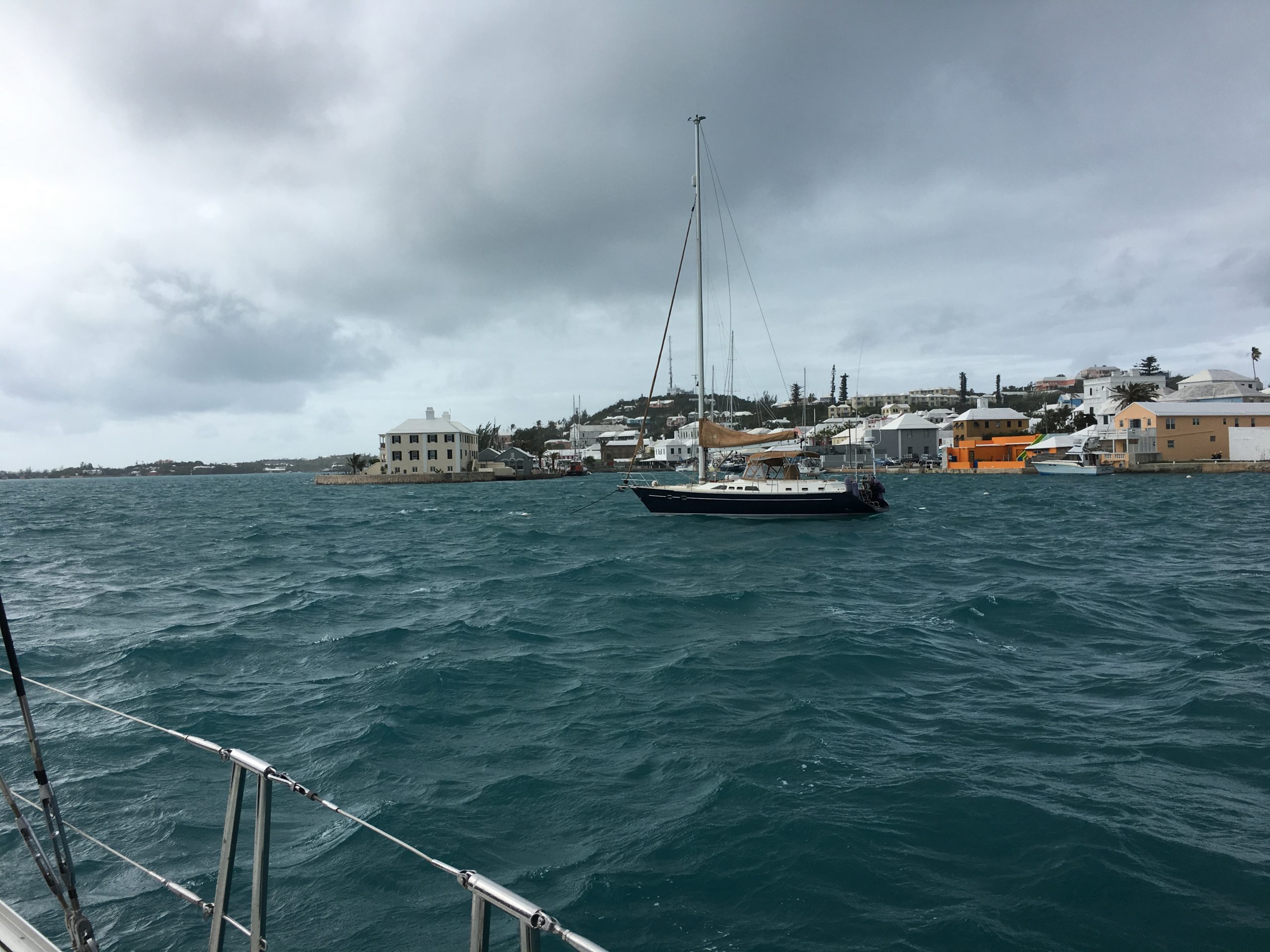
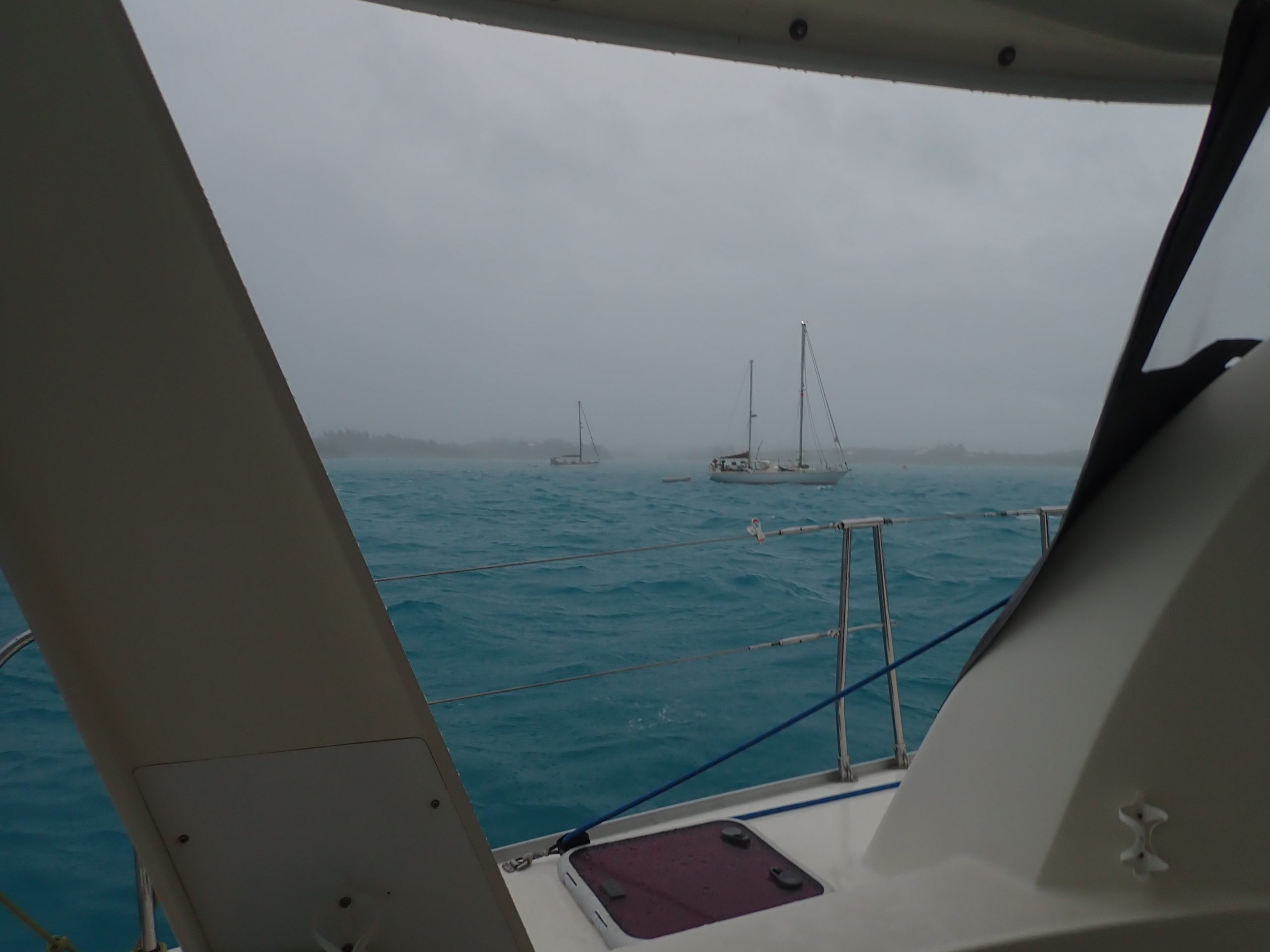
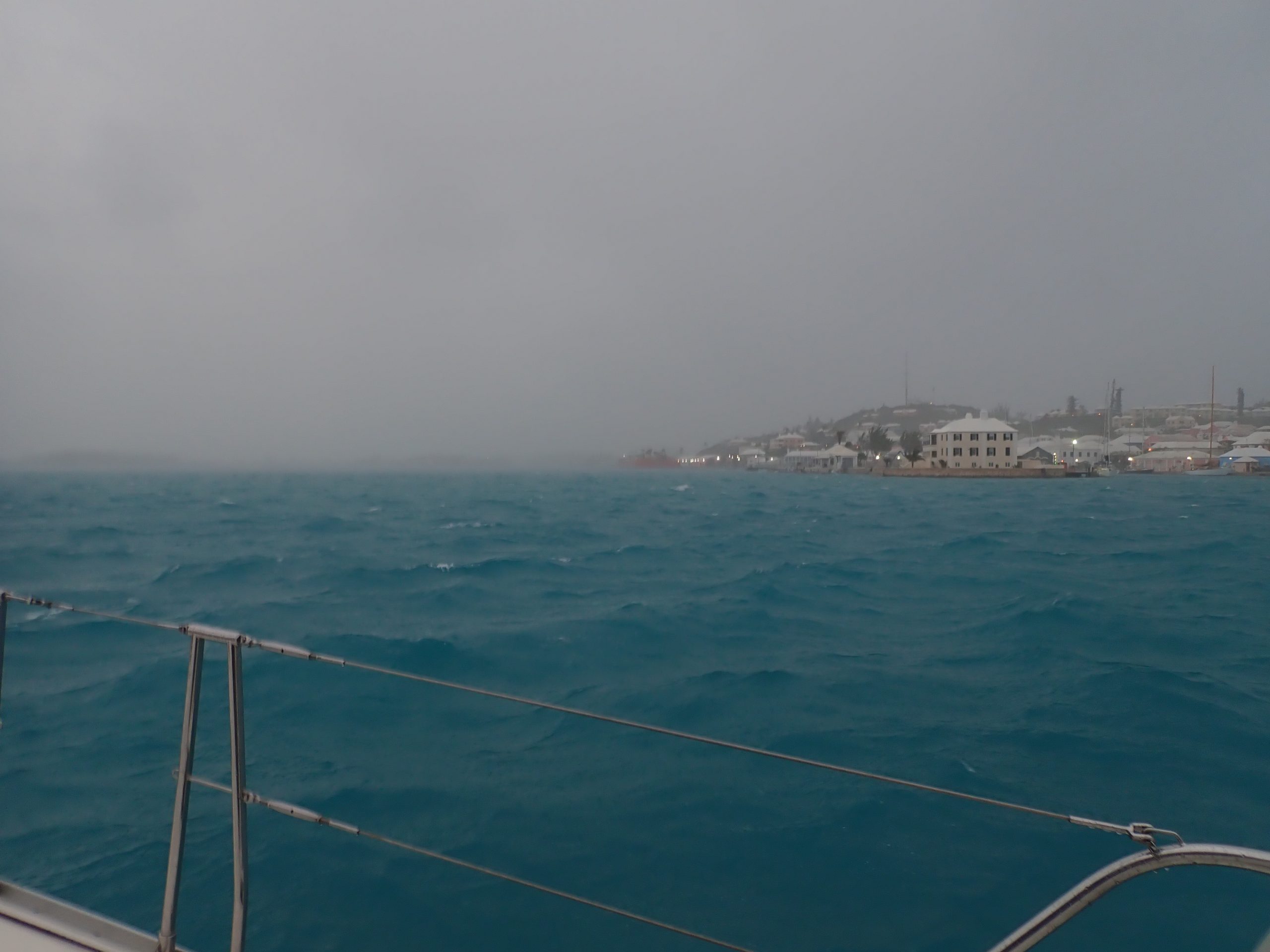
The nice thing about cold fronts is that they are typically short lived and move on quickly. That meant we had a salt free boat and clear night to enjoy the Christmas Festivities in St. George’s. Check out the Bermudian Christmas trees…or…are those just really fancy Palm trees? Both St. George’s and the capital of Hamilton had some beautiful light displays, a very welcome visual treat. However, they did seem a little out of place with air temperatures we would normally associate with a balmy summer evening in Canada!
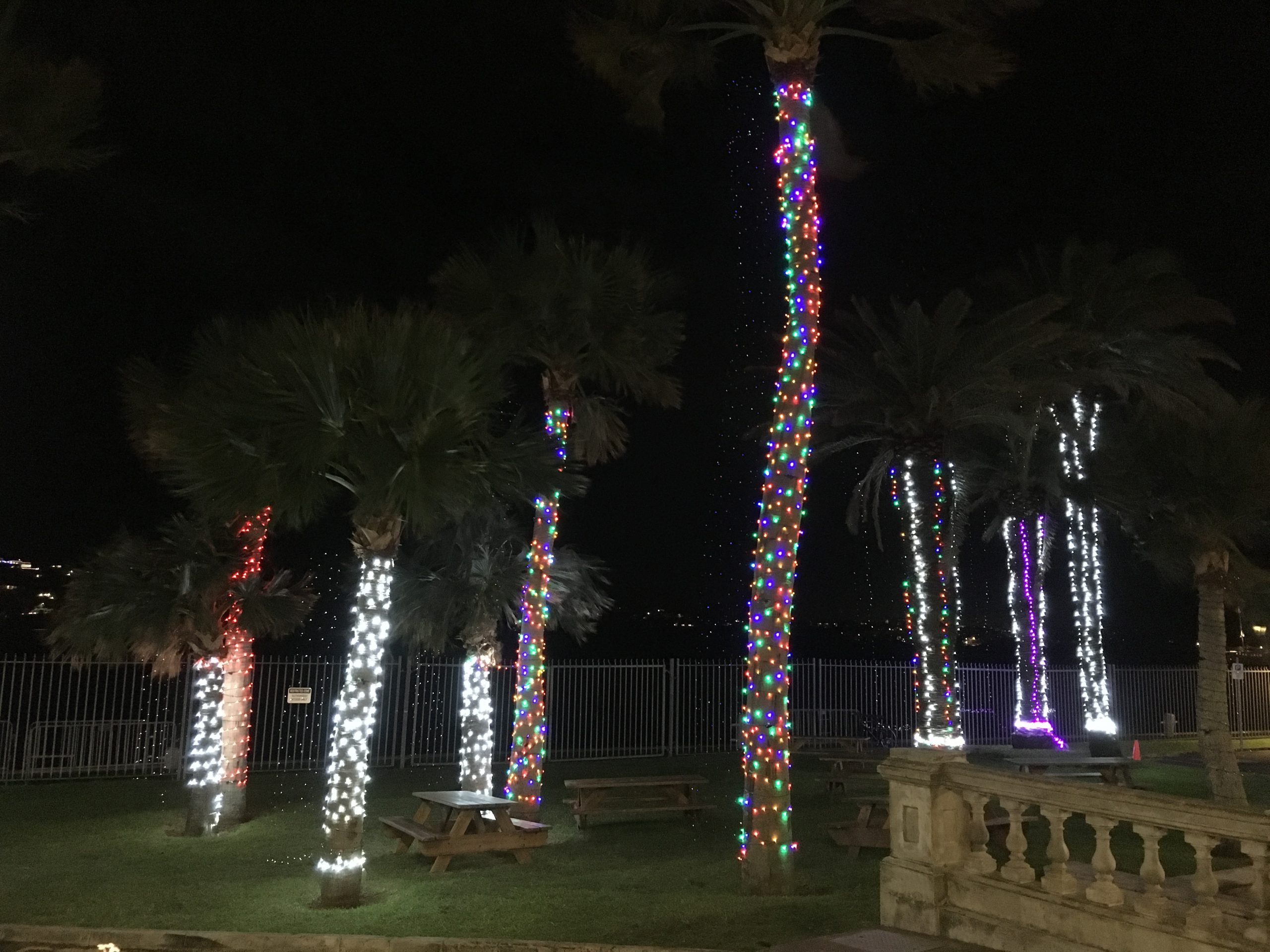

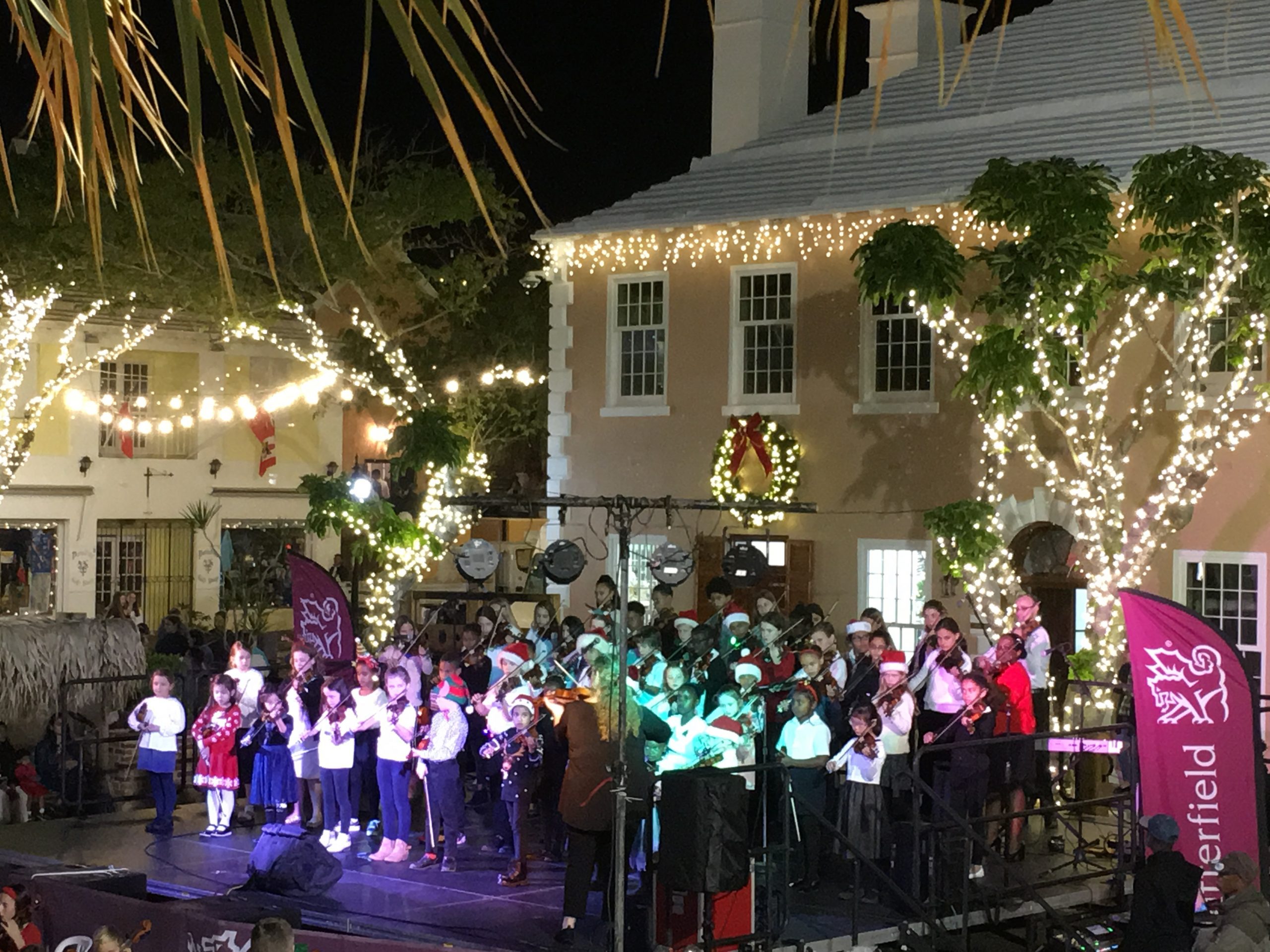
I enjoyed the wonderful performances from local schools, dance groups and solo entertainers, it was a great way to begin the Christmas holiday season.
Cheers from Oh!
